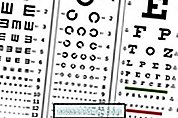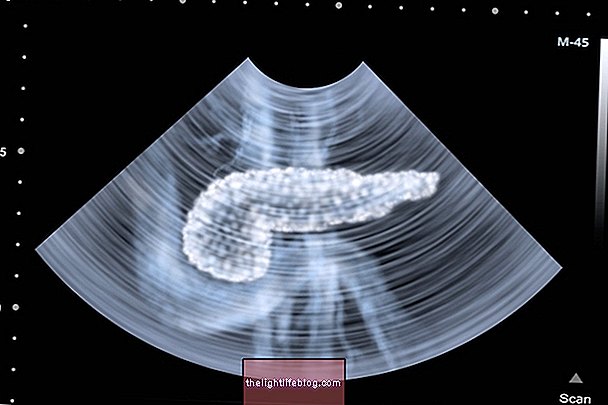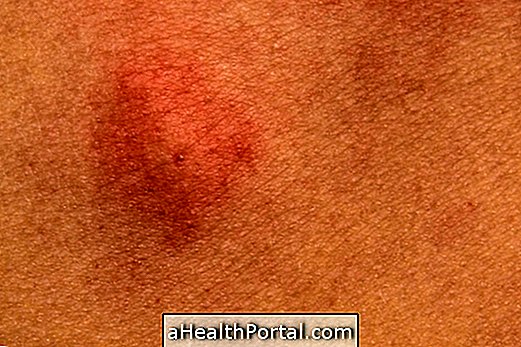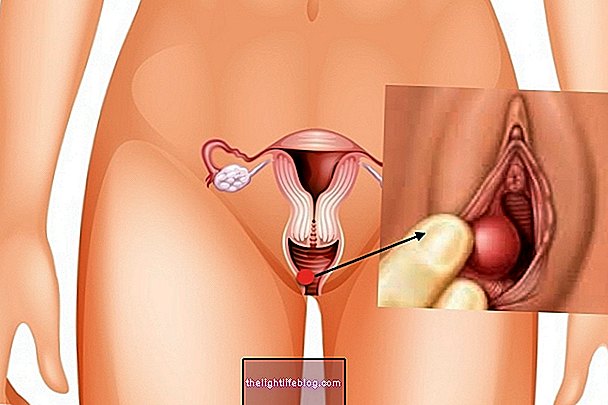The Schiller's test is a diagnostic test that consists of coloring the inner region of the vagina and cervix with an iodized solution in order to observe the integrity of the epithelium of this region. It is usually done during colposcopy, and in some cities, for cervical cancer screening.
When the Schiller test is positive, it means that the solution could not cover the whole area and there is some change, giving a pathological result. When Schiller's test was negative, the solution was able to cover the entire area without showing changes, giving a normal result.

Possible Schiller test results
The two possible results of the Schiller test are positive or negative. The negative test is one in which after placement of lugol, the entire cervix becomes blackened due to the absorption of lugol by the tissue, there are no yellowish regions and indicating that the cervix has no changes, that is, it is normal. Learn more about the negative Schiller test.
What does the positive Schiller test mean?
The Schiller test is said to be positive when, after placement of lugol, not all lugol is absorbed by the tissue, and yellowish areas may be seen in the cervix, indicating that there is a change in the cells, being suggestive of cervical cancer . Get to know the symptoms of cervical cancer.
To confirm the diagnosis, the gynecologist may request a biopsy of the tissue to visualize the characteristics of the tissue and the cells. In this case, the woman has the possibility of having cancer cells, but not always the positive result indicates cancer. Other situations that can generate a positive Schiller test are misplaced IUDs and vaginal inflammation. Learn more about the Schiller positive test.
When to take the Schiller test
The Schiller test is indicated for sexually active women and is requested by the gynecologist when there is suspicion of some gynecological disease, such as HPV, syphilis, vaginal inflammation, for example. In addition, this test can be used to detect early cervical cancer. Here are the exams that can be requested by the gynecologist.
























